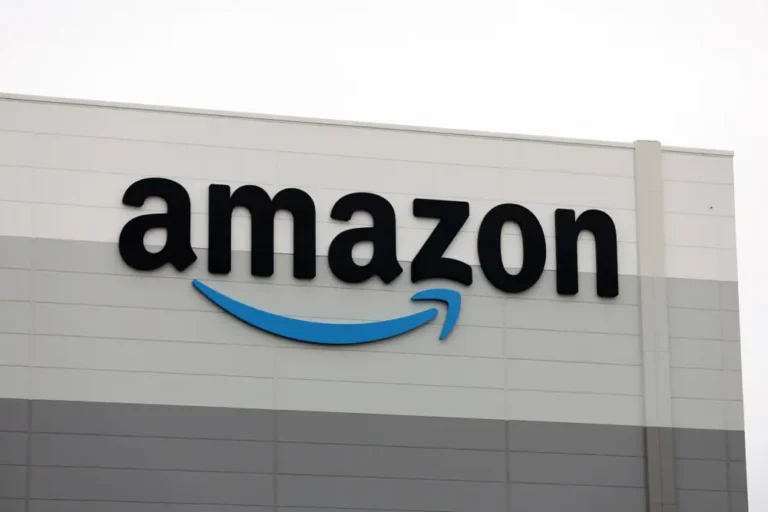Can fruits and vegetables be made better? It might be possible with gene editing.

(TNS) The News & Observer (Raleigh) Brian Gordon
DURHAM, NC – Raw mustard greens have a bitter aftertaste when they are not genetically modified. Their flavor is reminiscent of horseradish or wasabi, and it lingers on the tongue until a chaser is found.
Myrosinase, an enzyme released from the plant’s cells with each bite, is responsible for the astringency. Although cooked mustard greens are a staple of Southern cuisine, the fresh greenish, purplish leaf is not widely used in salads.
Pairwise, a 6-year-old agricultural tech startup in Durham, considers this a missed opportunity.
Mustard greens are higher in vitamin A than spinach and have twice the calcium. Some studies claim that the vegetable contains more vitamin C than oranges.
Pairwise introduced the first food in the United States made with the genome-editing technology CRISPR this spring. It’s a salad with non-pungent, myrosinase-free mustard greens that doesn’t make customers (including this reporter, who tried it in July) reach for glasses of water.
“It’s both delicious and nutritious,” said Tom Adams, CEO and cofounder of Pairwise. “You don’t have to make a choice.”
In May, the company announced a collaboration with Virginia-based Performance Food Group Company to supply its distinctive greens to restaurants and dining halls across the country, but none in North Carolina. Pairwise’s baby mustard greens are now available in 20 states, and the company hopes to have its two blends — Green Zing and Purple Power — in grocery stores early next year under the label Conscious Greens.
Pairwise announced a partnership with retail broker R2 Fresh Solutions on August 8 to help distribute its CRISPR-edited greens to regional grocers in the western United States. “We probably have enough supply for a few hundred grocery stores,” Adams said.
Pairwise’s goal isn’t just to commercialize gene-edited mustard greens. Pitless cherries and seedless, thornless blackberries and raspberries, according to Adams, are on the horizon.
Coming of age and going public
Pairwise was founded in 2017 and opened a lab in the life sciences-rich Research Triangle Park the following year.
Monsanto, the agrochemical and biotech giant that Adams had left to help start his own company, was one of the company’s early investors. Monsanto was purchased in 2018 by Bayer, a German biotech corporation that recently completed a five-year collaboration with Pairwise.
Pairwise opened a second location on Durham’s Golden Belt campus in 2019. The company was able to increase production thanks to two funding rounds totaling $25 million and $90 million.
Pairwise now employs approximately 160 people. Going public is “Plan A,” according to Adams, though a move to the stock market will most likely have to wait until after another round of funding and more business growth.
“We would like to be in a position where Conscious Greens has hit the market and is successful, and we have the berry ready to go,” he said. “So we’d probably have to wait until 2026 or 2027 before we’re really in that position.”
There are nine steps to editing a plant.
Pairwise grows its final produce in California and Arizona, but it develops its gene-edited fruits and vegetables in Durham first.
The company describes nine steps for modifying a green, berry, or stone fruit. To begin, staff identify the trait they wish to modify and the gene that causes it. The pungency of mustard greens and the gene that codes for myrosinase.
Food scientists then identify the gene sequence responsible for the undesirable trait and use CRISPR tools to enter plant cells and suppress the expression of that gene.
“A parent (plant) could have 30,000 genes,” Adams said. “You can keep the 29,999 the same and change the one.”
Pairwise scientists silenced 17 copies of the gene that codes for myrosinase in mustard greens.
The modified cells are then grown, with some progressing from small tissue culture vessels to growth chambers to greenhouses, while staff continuously monitor their new properties.
“One of the coolest things about plants is that you can generate an entire plant from a single cell,” Adams explained.
A mustard green plant grows in 150 days from seed to seed. The finished product appears normal — vibrant green, purple, and veiny. After all, it shares the vast majority of its genes. However, even removing a single enzyme can make a difference.
How do you market a green that has been genetically modified?
Gene-edited foods are not required to bear identifying labels in the United States.
This is in contrast to genetically modified organisms, or GMOs, which producers are required to disclose under federal regulations. While GMOs cause concern for many, consumers are still deciding how they feel about newer gene-edited foods, according to Christopher Cummings, a senior research fellow at North Carolina State University and Iowa State University.
Cummings discovered that three out of every four Americans would want to know if their food had been genetically altered in a 2022 study, with younger and wealthier people more likely to trust it.
“I think it’s important to be able to note, at least from a marketing standpoint, that the product is distinct and that the edits that have been made to it are with the consumers’ best interests in mind,” he said.
When packages of Purple Power and Green Zing blends reach grocery stores, Pairwise says it plans to be transparent.
“We’re telling our story on the back of the package,” said Sarah Evanega, a Pairwise communications executive. “We also talk about the technology that was used to develop the products, and we have a little icon that says better flavor through CRISPR.”






